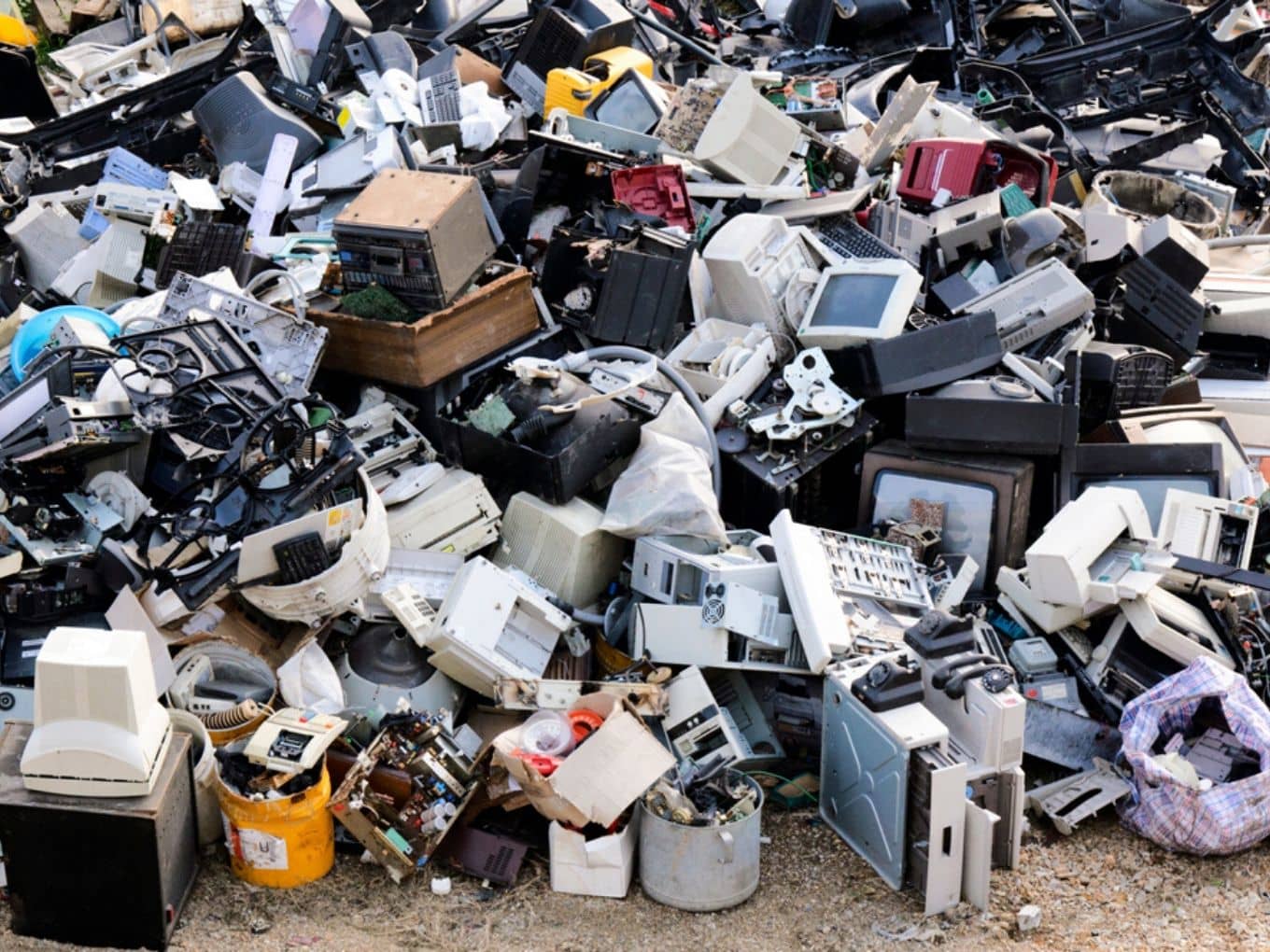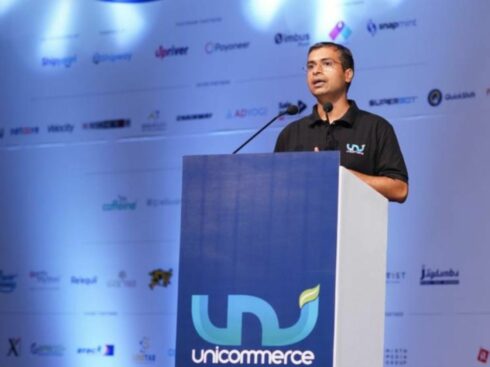
SUMMARY
Over 5K illegal ewaste processing units reportedly found in and around the capital
The government had put in place regulations for ewaste management to prevent environmental hazards
India is the fifth largest electronic waste producer in the world
Even as the Indian government is spreading awareness regarding environmental hazards of electronic waste (ewaste) under its Digital India programme, over 5K illegal ewaste processing units are operating right under its nose in the Delhi NCR region.
According to the Informal E-waste Recycling in Delhi report by think tank Toxic Link, the processing units are primarily located in 15 regions in northeastern and eastern parts of Delhi, which includes the localities of Daryaganj, Mandoli, Mata Sundari Road, Mayapuri Junk Market and Mustafabad, among other places.
These 15 areas are estimated to have about 3400 processing units employing over 12,300 workers. The report estimates that the entire region has up to 5K such units, directly and indirectly engaging over 50K people.
These processing units carry out ewaste collection, trading, dismantling, segregation of components, repairing, refurbishing, metal recovery and recycling of electronic wastes, exposing the workers and the environment to hazardous conditions.
The report also points out that some of the units have been functioning for over three decades, while others started over nearly a decade ago.
Seelampur in Shahdara is the biggest hotspot of all the illegal ewaste processing and handling units in Delhi, accounting for about 57% of the total processing. The region is followed by Mustafabad in North East Delhi, Loni and Behta Hazipur in Ghaziabad with 15%, 10% and 9%, respectively.
Ewaste Management In India
The Ministry of Electronics and Information Technology (MeitY) in March 2015 had initiated the “Awareness Programme on Environmental Hazards of Electronic waste” project, under the Digital India initiative to focus on correct reusing and recycling of electronic waste and byproducts.
The aim of the initiative was to make people aware of the health and environmental implications of improper ewaste management, disposal and handling.
The government has also implemented E-Waste (Management) Rules in 2016 for the same. Under the rules, the government has spelled out the responsibilities of all the manufacturers, producers, collection centres and refurbishers, along with all the other players.
The rules clarify that:
- All workers involved in dismantling and recycling should be recognised and registered with the government
- The government should also assist formation of groups of such workers to facilitate setting up dismantling facilities
- The government should take it upon itself to train the workers involved in such activities
- The workers should be annual monitored and their safety and health should be ensured
Why Is Ewaste Management Important?
India’s electronic industry is considered the fastest growing in the world, and this means it has also set a mark for being one of the biggest producers of ewaste in the world.
The Global Ewaste Monitor 2017 report published by the United Nations University, highlighted that India generates over 2 Mn tonnes of ewaste annually. India is the fifth largest ewaste producing countries, followed by the US, China, Japan and Germany, according to the report.
The ewaste management is the need of the hour to keep hazardous metals from polluting ground water. If disposed off in an improper manner the heavy metals, plastic and glass used in electronics can pollute the air and water bodies. The electronics are also known to cause health issues and blood contamination in humans. By recycling the products, countries can also reduce their reliance on mining activities, which in turn further reduces greenhouse gas emissions.
The G20 Brown to Green Report 2018 said that while India is doing well to meet the goals it has set in the global Paris Agreement, its greenhouse gas emissions more than doubled between 1990 and 2015. However, at a per capita level, India’s GHG emissions remain well below the G20 average, the report found.


























